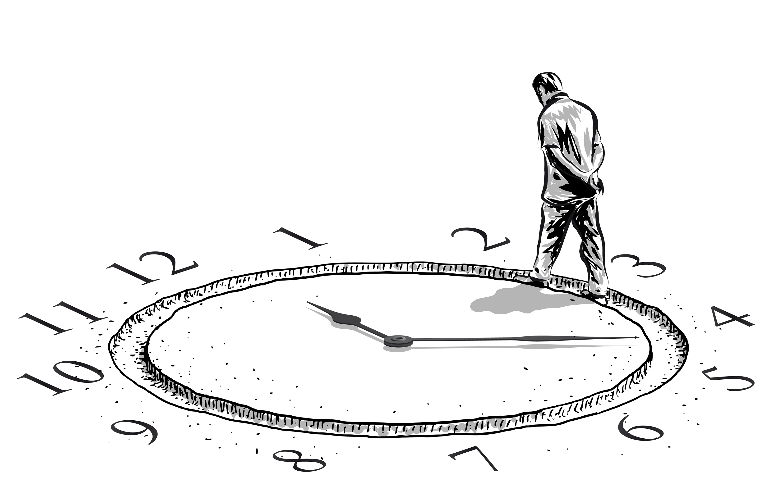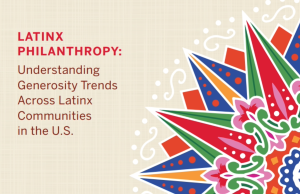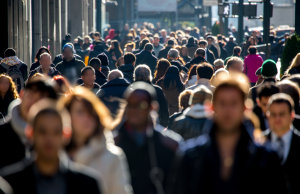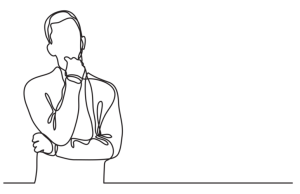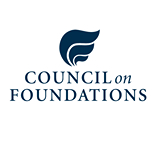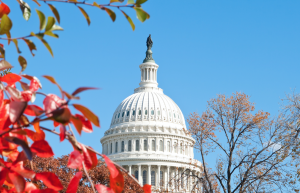Donors will be more careful about giving in light of the pandemic and will even stop giving for now, according to new data in a Dunham+Company survey conducted in April by Campbell Rinker.
More than half of donors surveyed said they plan to continue giving — but more carefully in light of the COVID-19 pandemic — while 20 percent of donors said they would stop giving until the economy rebounds, according to the responses.
The remaining 28 percent said they would keep giving regardless of the pandemic, according to 630 U.S. donors. They are more likely to frequent religious services at least weekly (40 percent) and are twice as likely to continue their ongoing commitment to giving than those who do not frequent religious services (19 percent).
Half of donors (52 percent) said they expected to give the same as before, while 1 in 6 donors (17 percent) expected to give more, indicating that nearly 7 out of 10 (69 percent) would give the same or more compared to 2019. This sentiment is strongest among the key giving demographics of regular churchgoers (75 percent), self- identified conservatives (74 percent) and Boomers (78 percent).
The COVID-19 pandemic has increased anxiety among certain donors to the point where they are cutting back on giving as a result.
“After one month of shutdown, 10 percent of donors overall expect to give less because of either the pandemic or the economy in general, which is a direct result of the pandemic,” said Rick Dunham, CEO of Dunham+Company, a global fundraising and marketing consulting firm. “It’s instructive, however, that this percentage is significantly lower for Boomers and older donors at just 6 percent, which are key giving demographics.”
The pandemic is the leading reason donors who expect to give more will do so: 33 percent of this group cite the pandemic as the main reason for giving more, compared to just 23 percent who say they expect to give more due to their financial situation.
“In real terms, this means that the pandemic has spooked about 10 percent of donors into giving somewhat less and encouraged about 5 percent of donors to give more,” said Dirk Rinker, CEO of the research firm Campbell Rinker.
The study also shows the economic impact the COVID-19 pandemic has had on donor households. Nearly one out of four families who typically donate to charity are feeling the economic impact of COVID-19, saying they find it very challenging or extremely challenging to meet their financial obligations.
Seven percent of U.S. donors reported being unemployed or furloughed due to COVID-19. This represents nearly a five-fold increase in the rate of unemployment before the pandemic hit, as it was 2 percent beforehand and is now 9 percent.
Optimism was more widespread among older donors than in younger donors. Boomers were most likely to say they would keep giving the same amount — 66 percent compared to other generations. Millennials were significantly more likely than other generations to say they would reduce their giving (31 percent agreed) and least likely to say their giving would stay the same (40 percent).
As for the charities they support with the most money, donors expected in the coming year to give:
- Somewhat more to places of worship, with an average 3.2, where 3.0 indicates no change;
- Somewhat less to educational institutions and programs, 2.8;
- Somewhat less to faith-based charities and ministries, excluding houses of worship, 2.9;
- Slightly more to health and medical charities that work inside the U.S., 3.1; and,
- Less to arts and culture, 2.6.
This online poll of donors who had made charitable gifts of at least $20 in 2019 was conducted April 17-20. The lowest amount given in 2019 was $20, and the highest was $66,500. Responses were weighted by age to reflect the general U.S. population per the American Community Survey of the U.S. Census. The margin of error is 3.9 percent at the 95 percent confidence level.

